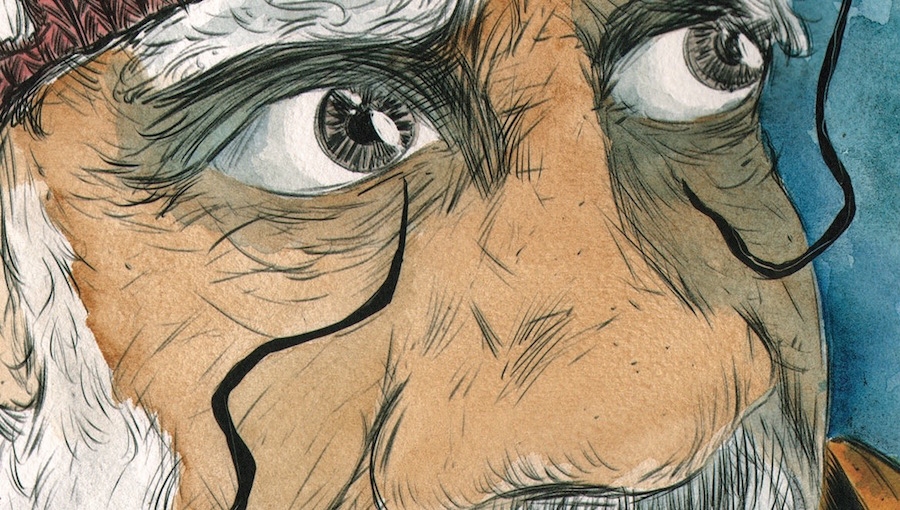There are things at the bottom of the ocean that we don’t know about, just as there are things in our memories that we’ll never be able to make sense of. Infinite mysteries upon mysteries that can wrap in on themselves in complex ways. It’s like trying to unravel determinism to its beginning point. Matt Kindt is using Dept.H to ask some big questions to the degree that he weaves in and out of the actual plot as if it was secondary so that he can explore themes. I’m not complaining.
First and foremost, Dept.H is a murder mystery. Mia finds herself investigating the death of her father, surrounded by a group of people of which one or more may have been the murderer. The story unfolds 6 miles underwater.
The best issues of Dept.H combine a mixture of almost transcendental exploration through Mia’s memories while pushing forward the tense plot. Some issues, like #16, read a little more dry due to their straightforward expository nature while Kindt inches the plot forward. It’s all information that’s necessary, or will hopefully be necessary. There are no true revelations or twists and turns in this plot. Instead, it’s sort of a straightforward laying out of information that has been scattered about the issues so far – meaning that if you haven’t been paying attention or found some things a little confusing, this information is necessary.
The one thing we do get here is a specific character’s emotional arc that was previously missing, leading to a very somber couple of pages that are both subtly heartbreaking and yet beautiful. Those pages lead us back to the plot as it moves us forward to a weirdly frightening and almost dream-like element of the story – surreal in a Dali giant giraffe kind of way.
In this transition to the final moment of the issue, there’s a leap in spatial relation. Whether it was intentional or not, it feels like several panels that would have helped in building the mystery and suspense were missing on the final page. Even a single-panel closeup of Mia might have clarified the effect of the final three panels a little. The one thing that leaving this sort of visual transition out of the issue does is create that dream-like final moment. Again, I don’t know if it was intentional or practical (running out of space in the issue?) or just not even considered, but it’s interesting to take note as a visual storyteller of how the flow of the story is affected without those cues.
All in all, this is a strong issue because of its simplicity that could very well be even more important to the eventual emotional conclusion of Mia’s story.
On a side note, as I take in all the information, it’s becoming difficult for me to not suspect more than one character as the culprit. In fact, I’ve even had the thought that everyone could have had a part in it. Regardless, it’s not the who that’s most important, but the why.

